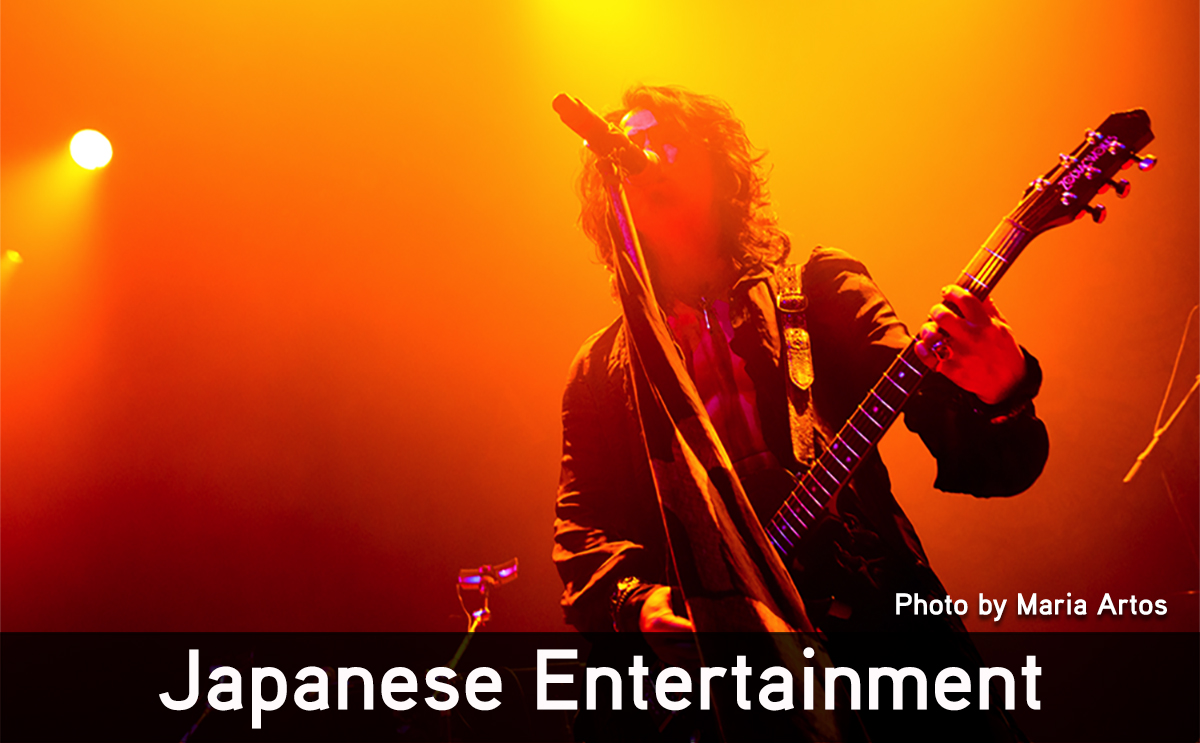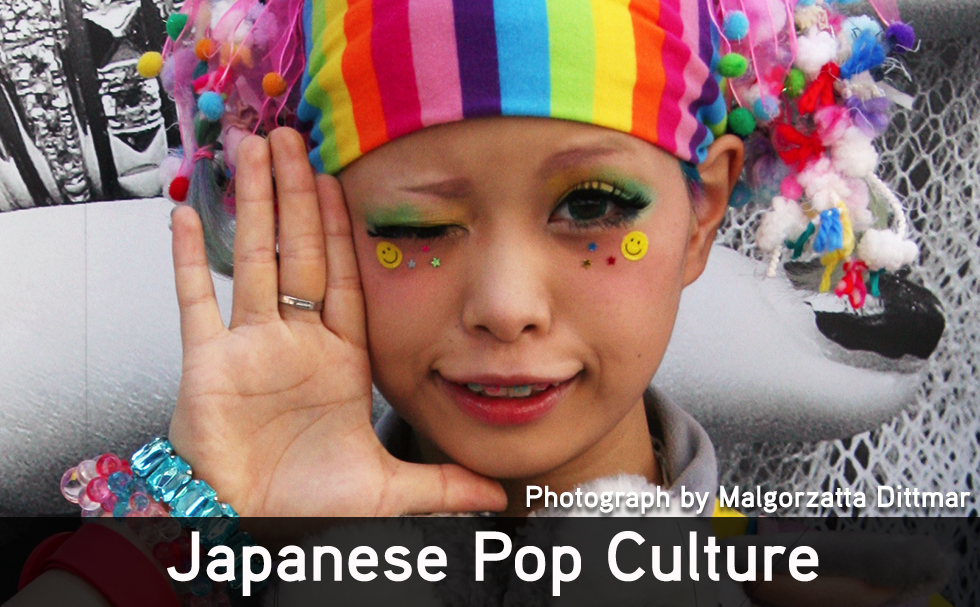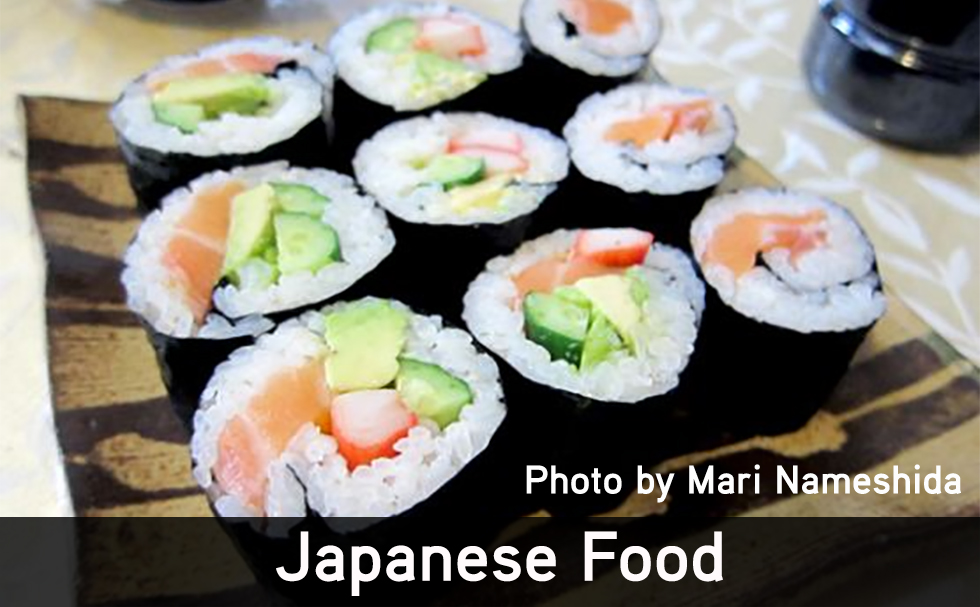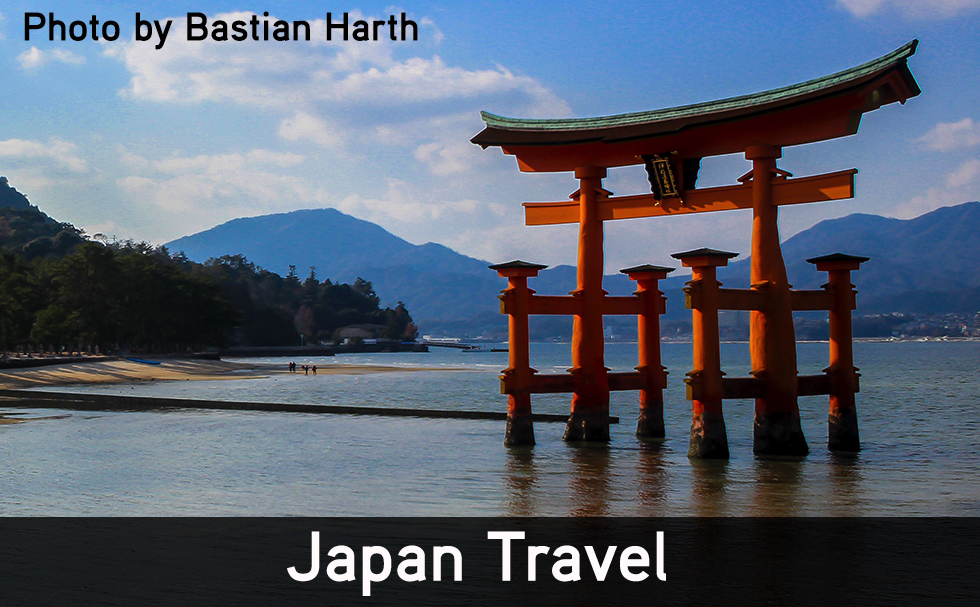
TJ
Travel to Las Vegas
Travel to Anaheim and Chicago
Travel to Anaheim and Chicago
Anaheim
Anaheim is home to the iconic Disneyland Resort and two of Southern California’s professional sports teams. Fans of the NHL’s Anaheim Ducks can watch the hockey team on ice at the Honda Center, the city’s award-winning concert venue that will host indoor volleyball during the 2028 Summer Olympics. The other team, the Los Angeles Angels, play baseball in Angel Stadium of Anaheim, known as “The Big A.” It is the fourth-oldest active MLB stadium in the U.S. The Southern California city has a lot to offer — whether you are eating in the trendy Packing District or visiting the Anaheim Convention Center for a large-scale event such as VidCon, Anime Expo, WonderCon or the NAMM Show. Here is Tokyo Journal’s top pick for places to stay in Anaheim:
Travel to Seattle
Travel to Seattle
Seattle is home to the Space Needle, the first-ever Starbucks, Pike Place Market, the Market Theater Gum Wall and other iconic attractions. It’s also got a thriving food scene, making the city a destination for all foodies. The best way to explore Seattle is on foot. Sports fans can catch a game at CenturyLink Field and Safeco Field, or indulge in Pacific Northwest culture at the Seattle Art Museum, the Museum of Pop Culture and the Pacific Science Center. These are Tokyo Journal ’s picks for some good centrally located, modern and historic places to stay in Seattle:
Travel to Central Coast, California
Travel to Central Coast, California
Paso Robles, San Louis Obispo County
The Central Coast of California and its four regions — Monterey Bay, San Luis Obispo, Santa Barbara and Ventura — make up what is known as “The Original Road Trip,” a classic drive along the Pacific Coast Highway. It’s a seemingly never-ending stretch of beautiful views, beach towns, extravagant resorts, wineries and historical attractions. There is something for everyone on what has become known as the ultimate Californian experience for tourists and locals. Tokyo Journal recommends Paso Robles, an approximately three-hour drive north of Los Angeles or south of San Francisco, for its proximity to fine wineries, Hearst Castle, the Paso Robles Events Center, the Ravine Water Park, downtown Paso Robles and more. Wine enthusiasts can explore Paso Robles Wine Country, where an abundance of wineries produces more than 40 diverse wine grape varieties.
Travel to Yosemite
Travel to Yosemite
Yosemite National Park is the most revisited park in the United States, and it’s no wonder with the grandeur of Half Dome, Glacier Point, El Capitan, Tuolumne Meadows, Yosemite Falls, the Mist Trail to Vernal Fall, and its vineyards. Action seekers will enjoy rock climbing, horseback riding, archery, swimming and biking. Winter activities include sledding, tubing, snowshoe hiking, skiing and snowboarding. Here is Tokyo Journal’s recommendation for a luxurious stay while visiting Yosemite. This luxury, boutique hotel is a short drive to astonishing waterfalls, soaring granite icons, giant sequoia trees and stunning natural monuments.
Travel to San Francisco & Scottsdale
Travel to San Francisco & Scottsdale
TJ’s hotel reviewers headed to San Francisco and Scottsdale to experience the best places to stay. Here are our favorites.
Volume 38. Issue #279
Contents |
|
| 1. Tokyo Journal Editorial Inside this issue |
20. Travel to Yosemite Luxury European hotel |
| 2. The First Fashion Show in Cuba (二ヵ国語) Junko Koshino's international fashion |
21. Travel to Central Coast, California Paso Robles hotels, wineries, restaurants & castle |
| 3. Streetstyle Glamour Fashionistas pave the way to fashion |
22. Travel to Seattle Chic, modern, historical & luxury hotels |
| 4. Mifune: The Last Samurai Documentary filmmaker & Mifune interviews |
23. Travel to Anaheim & Chicago Hotels for convention-goers |
| 5. Actor Tatsuya Nakadai 60 years of film, television & theater |
24. Travel to Las Vegas Upscale hotels & spectacular shows |
| 6. Multicultural Model Rola From Bangladesh jungles to the global catwalk |
25. Serviced Apartments in Tokyo Furnished apartments for business travelers |
| 7. Tito Time in Tokyo Jackson brother on 50 years in entertainment |
26. Tokyo Hotels Luxury & modern hotels + ryokan experience |
| 8. DJ Steve Aoki International electronic dance music king |
27. Yosakoi Dance Festival So you think they can dance! |
| 9. Soulrocker Michael Franti Musical mission for health, happiness & equality |
28. Supermodel Jessica Minh Anh in Japan Modeling in Tokyo, Kyoto and Fukushima |
| 10. CNN News Anchor Erin Burnett From investment banking analyst to journalist |
29. Illuminate Education Altruism within the company and beyond |
| 11. Ambassador of Japan Heritage Musician Marty Friedman |
30. Steve Killelea's Groundbreaking Peace Initiative Measuring the economic benefits of peace |
| 12. Sex Pistols Bob Gruen's punk photo flashback |
31. Photo album from Cuba (二ヵ国語) Hiroyuki Suzuki's midsummer night's memory |
| 13. Barges of the Dead Donald Richie struck by seashore haunting apparition |
32. Living "As" Nature, Not "With" It Mind management for satisfaction |
| 14. David Nunan's Global Classroom Teaching to the heart and head |
33. How the Japanese build success into their products Quality in product manufacturing |
| 15. Mari's Homemade Cooking Recipes Miso-simmered mackerel |
34. Garrity's Japan From Tokyo to Soka |
| 16. Koshu Wine Uniquely indigenous to Japan |
35. Haitian Culture Various styles of Haitian art |
| 17. New American Comfort Chef Ben Ford's pork belly lettuce wraps |
36. Product Reviews for the Busy Traveler TJ's shopping recommendations |
| 18. Fig and Ham Tart Expat cucina's tasty tart recipe |
37. Tournament of Roses America's new year celebration |
| 19. Travel to San Francisco & Scottsdale Northern California & Arizona hotels |
38. Yoga Lifestyle A wabi-sabi contemplation |

Tokyo Journal's Top 10 Rankings 2016 Final
Tokyo Journal's 2016 Polling Results

What are your favorite things about Japan and Japanese culture?
Readers voted. Readers decided!
In April of 2016 Tokyo Journal announced the first ever Top 10 Ranking for the reader's favorite Japanese entertainment icons, food, pop-culture, and travel locations. Over the course of 2016 we asked Tokyo Journal readers to vote for their favorite things in Japanese entertainment, food, pop-culture, and travel locations. This first year proved to be successful with over 500,000 votes submitted by readers from all over the world. Here are the top 3 winners for each category and stay tuned for the 2017 rankings.
Categories
> Japanese Entertainmant
> Food in Japan
> Japanese Pop Culture
> Japan Travel
Japanese TV & Dramas
Best J-Drama Actress
1. Satomi Ishihara
2. Akari Hayami
3. Haruka Ayase
Best J-Drama from 2015-2016
1. Flowers for Algermon
2. Mysterious Thief Yamaneko
3. From Five to Nine
Best J-Drama Actor
1. Tomohisa Yamashita
2. Takuya Kimura
3. Kazuya Kamenashi
Best J-Drama of All Time
1. Nobuta wo Produce (2005)
2. Long Vacation (1996)
3. Hana Yori Dango (2005)
Best Variety Show
1. Smap x Smap
2. Momoclo Chan
3. Shabekuri 007
Japanese Movies
Best Horror Movie
1. Ring
2. Ju-On
3. Sadako 3D
Best Japanese Movie
1. Battle Royale (2000)
2. Seven Samurai (1954)
3. Godzilla (1954)
Best Japanese Movie Actor/Actress Worldwide
1. Ken Watanabe
2. Takuya Kimura
3. Takeshi Kitano
Best Japanese Film Director of All Time
1. Hayao Miyazaki
2. Akira Kurosawa
3. Takeshi Miike
Best Akira Kurosawa Film of All Time
1. Seven Samurai
2. High and Low
3. Hidden Fortress
Japanese Music
Best J-Rock Band
1. X Japan
2. The GazettE
3. Babymetal
Best Japanese Female idol Group
1. Momoiro Clover Z
2. Morning Musume
3. *C-ute
Best Japanese Female Singer
1. Miwa
2. Yui
3. Ayumi Hamasaki
Best Male idol Group
1. SMAP
2. KAT-TUN
3. ARASHI
Best Japanese Male Singer
1. Tomohisa Yamashita
2. Gackt
3. Jin Akanishi
Japanese Sports
Best Favorite Japanese Male Athlete
1. Yuzuru Hanyu (Figure Skater)
2. Kei Nishikori
3. Kohei Uchimura
Best Favorite Japanese Female Athlete
1. Mao Asada (Figure Skater)
2. Ai Fukuhara
3. Saori Yoshida
Japanese Food
Best Street Food
1. Ramen
2. Takoyaki
3. Yakitori
Best Favorite Sushi
1. Salmon
2. Toro (Fatty Tuna)
3. Tuna
Best Japanese Sake
1. Dassai
2. Kubota
3. Hakkaisan
Restaurant in Japan
Best Theme Restaurant
1. Kawaii Monster Cafe
2. Robot restaurant
3. Maidreamin Cafe
Best Japanese Fast Food
1. Mos Burger
2. Yoshinoya
3. Pepper Lunch
Best Kobe Beef Restaurant
1. Ishida
2. Houki
3. Wakkoqu
Best French Restaurant in Tokyo
1. Les Cristallines
2. Troisgros Japon
3. Joel Robuchon
Best Italian Restairant in Tokyo
1. Pizzeria Da Napolistaca
2. Elio Locanada Italiana
3. Bulgari ll Ristorante
Best U.S. Restaurant
1. Outback Steakhouse
2. Hard Rock cafe
3. Denny's
Best Izakaya (Japanese Pub)
1. Hibiki
2. Gonpachi
3. Nihonbashi-tei
Best Mexican Restaurant
1. Fonda de la Madrugada
2. La Jolla
3. El Caliente
Best Curry Rice Restaurant
1. CoCo Ichibanya
2. Manten Curry Rice
3. Curry House TIRI TIRI
Best Tonkatsu Restaurant
1. Wako
2. Maisen
3. Katsuzen
Best Craft Brewery
1. Miyashita Sake Brewery
2. Baird Brewery Company
3. Abashiri Brewery
Best Asian Restaurant in Tokyo
1. Asian Palm
2. Monsoon Cafe
3. Mango Tree
Best Kaiseki Restaurant (Japanese Traditional Multi-Course Dinner)
1. Gion Karyo, Kyoto
2. Nakamura, Kyoto
3. Ogata, Kyoto
Best Tempura Restaurant in Tokyo
1. Tempura Kondo
2. Ten-ichi Ginza Honten
3. Tempura Motoyoshi
Best Sushi Restaurant
1. Sukiyabashi Jiro
2. Sushi no Midori
3. Sushi Dai
Best Tonkotsu Ramen Restaurant in Tokyo
1. Ichiran
2. Shibaraku
3. Botan
Japanese Sweets
Best Sweets
1. Melon Pan
2. Crepes
3. Taiyaki
Best Wagashi Shop
1. Higashiya Ginza
2. Tokyo Mise
3. Toraya Tokyo
Best Bakery & Dessert Shop
1. Sweets Paradise
2. Rose Bakery
3. Ice Monster Omotesando
Best Chocolate Snack
1. Pocky
2. Choco Pie
3. ALMOND
Japanese Anime & Manga
Best Shonen Manga
1. One Piece
2. Fairy Tail
3. Full Metal Alchemist
Best Shojo Manga
1. Akatsuki no Yona
2. Kimi ni Todoke
3. Orange
Best Kawaii Cartoon Character
1. Pika-chu
2. Totoro
3. Rilakkuma
Best Studio Ghibli Movie
1. Howl's Moving Castle
2. Spirited Away
3. My Neighbor Totoro
Best Anime 2012-2016
1. Attack on Titan
2. One-Punch Man
3. Tokyo Ghoul
Best Animated Movie
1. Wolf Children
2. Final Fantasy VII: Advent Children
3. The Girl Who Leapt Though Time
Best Anime of All Time
1. Dragon Ball Z
2. One Piece
3. Death Note
Best Gotochi Character (Regional Mascot Character)
1. Kumamon
2. Funassyi
3. Gunma-chan
Cosplay
Best Famous Cosplayer 2016
1. Touga
2. Reika
3. Linda Le(Vampy Bit Me)
Japanese Fashion
Best Harajuku Fashion
1. Galaxxxy
2. Angelic Pretty
3. 6% Doki Doki
Best Women's Fashion Brand
1. Cecil McBee
2. Olive des Olive
3. Freak's Store
Best Japanese Fashion Brand
1. Comme Des Garcons
2. Junko Koshino
3. Kenzo
Best Female Model
1. Kiko Mizuhara
2. Mirei Kiritani
3. Rola
Japanese Video Games
Best J-RPG of All Time
1. Final Fantasy VII
2. Kingdom Hearts 2
3. Persona 4
Japanese Destinations
Best Theme Park
1. Tokyo Disneyland
2. Universal Studios Japan
3. Tokyo Disneysea
Best "Day Trip" from Tokyo
1. Yokohama
2. Kamakura
3. Mt. Fuji
Best Vacation Spot
1. Kyoto
2. Ishigaki Island
3. Nara
Best Famous Landmark in Tokyo
1. Tokyo Tower
2. Shibuya Crossing / Hachiko Statue
3. Tokyo Skytree
Best Distinctive Building
1. Tokyo Station
2. Nakagin Capsule Tower
3. Omotesando Hills
Best Area for Hot Spring
1. Hakone Onsen
2. Kurokawa Onsen
3. Beppu Onsen
Best Ryokan (Traditional Japanese Hotel)
1. Takinoya
2. Shuhokaku Kogetsu
3. Hotel Hanayura
Best Ski Resort
1. Niseko Grand Hirafu
2. Fujiten Snow Resort
3. Hakuba Happo One Ski Resort
Best Japanese Architect
1. Tadao Ando
2. Kenzo Tange
3. Kisho Kurosawa
Best Place to Visit in Tokyo
1. Harajuku
2. Asakusa Temple
3. Odaiba
Best International School
1. Tokyo International School
2. The American School in Japan
3. Yokohama International School
Best Language School
1. Sendagaya Japanese Institute
2. Akamonkai
3. Coto Language Academy
Japanese Hotels
Best Five Ster Hotel in Tokyo
1. Park Hyatt Tokyo
2. Palace Hotel Tokyo
3. Imperial Hotel Tokyo
Best Hotel for Young Travelers
1. Kyoto Guesthouse Roujiya
2. Nui. Hotel & Bar Lounge
3. Hostel Haruya Aqua, Kyoto
Japanese Leisure & Recreation
Best Place to Karaoke
1. Shidax
2. Big Echo
3. Karaoke-kan
Best Game Center
1. Club SEGA
2. SEGA GiGO
3. Shinjuku Playland Carnival
Best Japanese Festival
1. Sapporo Snow Festival
2. Awa Odori Tokushima
3. Gion Matsuri
Best Fireworks Show
1. Tokyo Bay Fireworks
2. Sumidagawa Fireworks
3. Edogawa Fireworks
Best Department Store
1. Mitsukoshi
2. Matsuya Ginza
3. Isetan
Best Shopping Complex/Mall
1. Shibuya 109
2. Roppongi Hills
3. Omotesando Hills
Best Art Museum
1. National Museum Tokyo
2. Japan Ukiyo-e Museum
3. National Art Center
Best History & Science Museum
1. Tokyo National Museum
2. Edo Tokyo Museum
3. Samurai Museum
Best Special Interest Museum
1. Ghibli Museum
2. Cupnoodle Museum
3. Sapporo Beer Museum
Tokyo Journal's Top 10 Rankings

What are your favorite things about Japan and Japanese culture?
You vote. You decide!
Entertainment
Pop Culture
Food
Travel
Vote for the 2022 Tokyo Journal Top 10 Readers' Choice Rankings: Coming soon!
Tokyo Journal readers will be able to vote once a day for their favorite things in Japanese entertainment, food, pop-culture, and travel locations.
 |
 |
 |
 |
Japanese National Tea Ceremony
Japanese Nagtional Tea Ceremony
Treasures Displayed in L.A.
THE 92-year-old Daisosho (Grand Master) Dr. Genshitsu Sen XV visited the Los Angeles County Museum of Art (LACMA) on May 24, 2015 to showcase the museum’s March 29 – June 7 exhibition Raku: The Cosmos in a Tea Bowl. The exhibition of 100 ceramic tea ceremony objects spanning five centuries was the first of its kind in the U.S. free of the items were Japanese national treasures, two of which were tea bowls made by the earliest Raku potter Chojiro and lent to LACMA by the Daisosho out of the Urasenke Foundation’s collection.


































